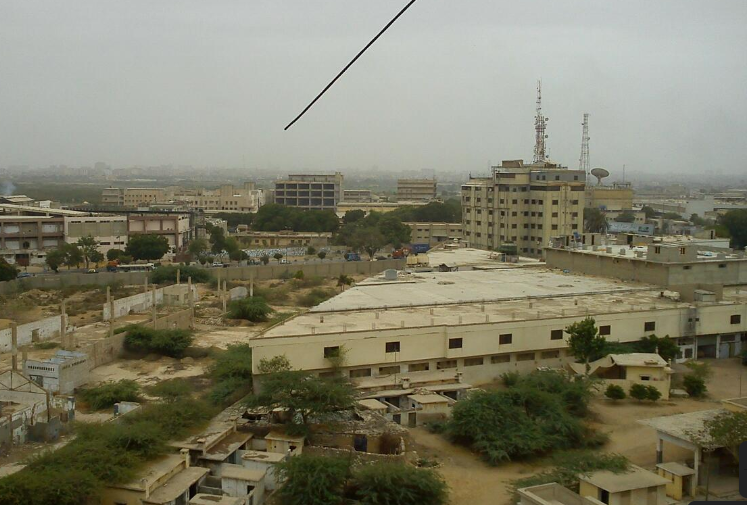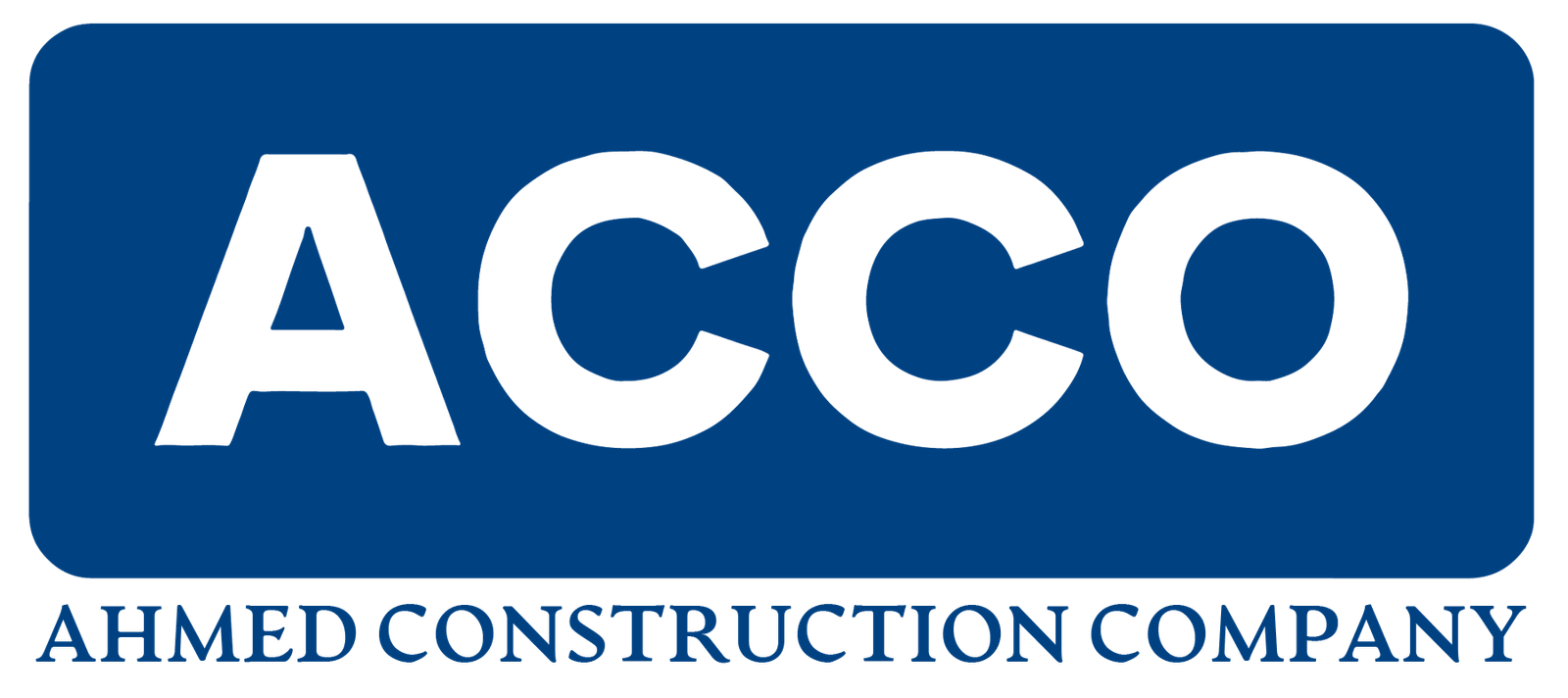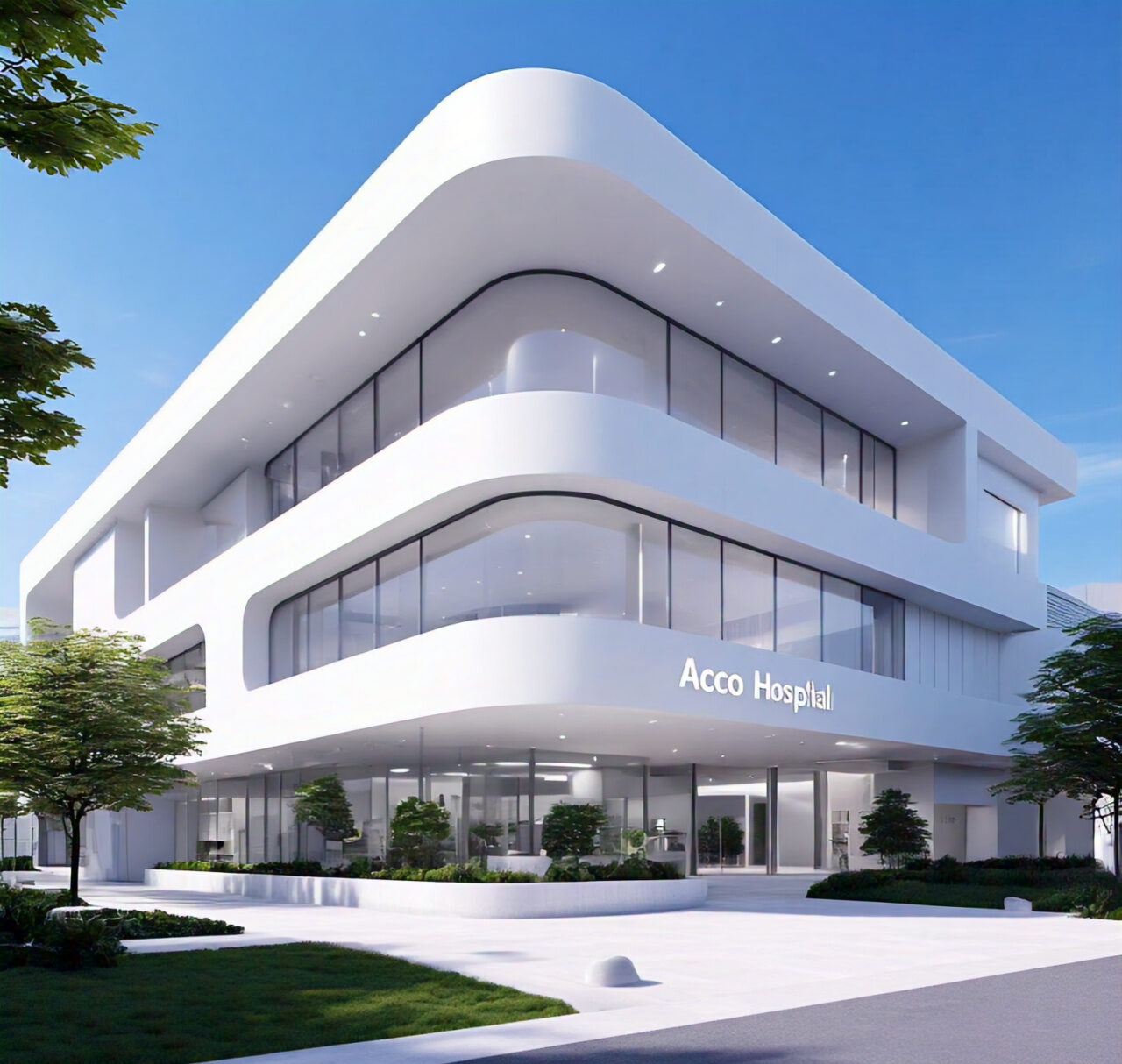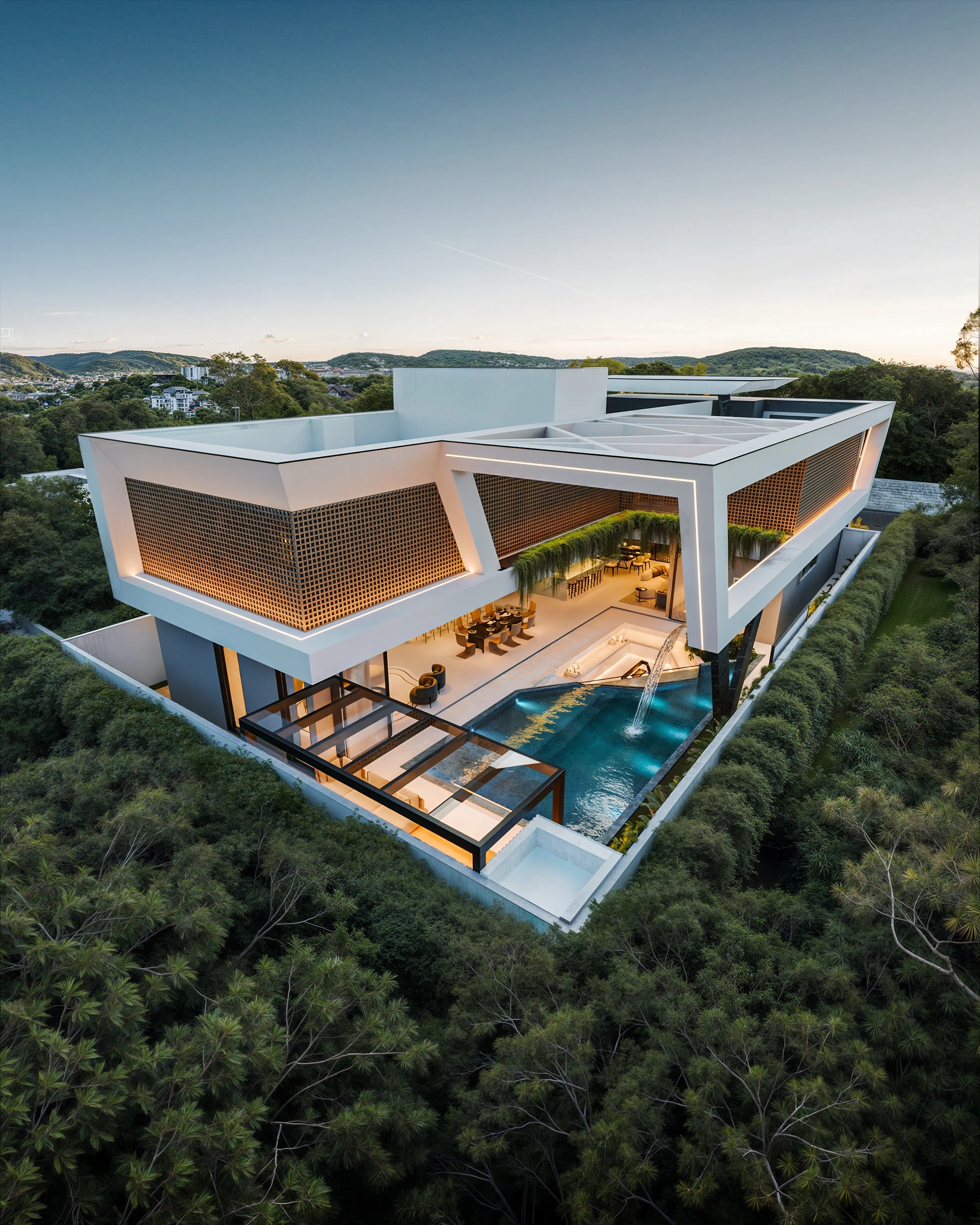
Step-by-Step Guide to Textile Mill Construction
Constructing a textile mill is a multifaceted process that requires careful planning, coordination, and execution. At Ahmed Construction Company, we have honed our expertise in delivering state-of-the-art textile manufacturing facilities. This guide will walk you through each step of the textile mill construction process, ensuring you are well-prepared for every phase of your project.
Step 1: Initial Consultation and Feasibility Study
Project Initiation
The journey begins with an initial consultation where we discuss your vision, objectives, and specific requirements for the textile mill. This helps us understand your goals and tailor our approach to meet your needs.
Feasibility Study
A comprehensive feasibility study is conducted to assess the viability of the project. This includes market analysis, site evaluation, financial assessment, and risk analysis. The study helps determine if the project is financially and technically feasible.
Budget and Timeline
Based on the feasibility study, we develop a preliminary budget and timeline for the project. This ensures that all stakeholders have a clear understanding of the expected costs and project duration.
Step 2: Site Selection and Acquisition
Location Analysis
Selecting the right location is critical. We consider factors such as proximity to raw materials, availability of skilled labor, transportation infrastructure, and access to utilities. Environmental impact and zoning regulations are also evaluated.
Land Acquisition
Once a suitable site is identified, we assist with the land acquisition process. This includes negotiating purchase terms, obtaining necessary permits, and ensuring compliance with local regulations.
Step 3: Design and Planning
Conceptual Design
Our architects and engineers develop a conceptual design that aligns with your vision. This includes the overall layout, architectural style, and basic structural elements of the textile mill.
Detailed Design and Engineering
In this phase, we create detailed architectural and engineering drawings. This includes floor plans, structural designs, electrical and plumbing layouts, and HVAC systems. We ensure that the design maximizes efficiency and meets all regulatory standards.
Approval and Permits
The detailed design is submitted to relevant authorities for approval. We handle the entire permitting process, ensuring compliance with all local, state, and national regulations.
Step 4: Pre-Construction Planning
Project Planning
A comprehensive project plan is developed, outlining each phase of the construction process. This includes scheduling, resource allocation, and procurement planning.
Procurement
We source high-quality materials and machinery required for the construction and operation of the textile mill. Our procurement team ensures timely delivery and cost-efficiency.
Site Preparation
Before construction begins, the site is prepared. This includes clearing the land, leveling, and setting up temporary facilities for workers and storage.
Step 5: Construction
Foundation and Structural Work
Construction begins with laying the foundation. This is followed by erecting the structural framework of the building. We use high-quality materials and advanced construction techniques to ensure durability and stability.
Building Construction
Once the framework is in place, we proceed with constructing the walls, floors, and roof. This phase also includes the installation of windows, doors, and insulation.
Mechanical, Electrical, and Plumbing (MEP)
Our MEP team installs the necessary systems for the textile mill. This includes electrical wiring, plumbing, HVAC systems, and fire safety installations. Ensuring these systems are properly integrated is crucial for the smooth operation of the facility.
Interior Work
The interior of the mill is fitted out with necessary finishes, including flooring, lighting, and fixtures. This phase also involves the installation of any specialized equipment or machinery required for textile manufacturing.
Step 6: Quality Control and Inspection
Continuous Quality Monitoring
Throughout the construction process, we implement rigorous quality control measures. Our team conducts regular inspections to ensure that all work meets the highest standards of quality and safety.
Final Inspection
Once construction is complete, a thorough final inspection is conducted. This includes checking all structural elements, MEP systems, and finishes to ensure everything is in perfect order.
Step 7: Handover and Commissioning
Handover
The completed textile mill is handed over to you, complete with all necessary documentation, including permits, warranties, and operation manuals. We provide a detailed walkthrough of the facility to ensure you are familiar with all aspects of the mill.
Commissioning
Our team assists with the commissioning of the facility, ensuring that all systems and machinery are operational and meet performance specifications. This includes testing and fine-tuning equipment, as well as training your staff on its use.
Step 8: Post-Construction Support
Maintenance and Support
Our commitment to your project doesn’t end with the handover. We offer ongoing maintenance and support services to ensure your textile mill operates smoothly. This includes regular maintenance checks, repairs, and upgrades as needed.
Evaluation and Feedback
We seek your feedback on the construction process and the final facility. This helps us continuously improve our services and ensures that we have met your expectations.
Conclusion
Constructing a textile mill is a complex process that requires careful planning and execution. At Ahmed Construction Company, we bring our extensive experience and expertise to every project, ensuring that your textile mill is built to the highest standards of quality and efficiency. From initial consultation to post-construction support, we are with you every step of the way, turning your vision into reality.
If you are considering constructing a textile mill in Pakistan, contact Ahmed Construction Company today to learn more about how we can assist you in achieving your goals.




